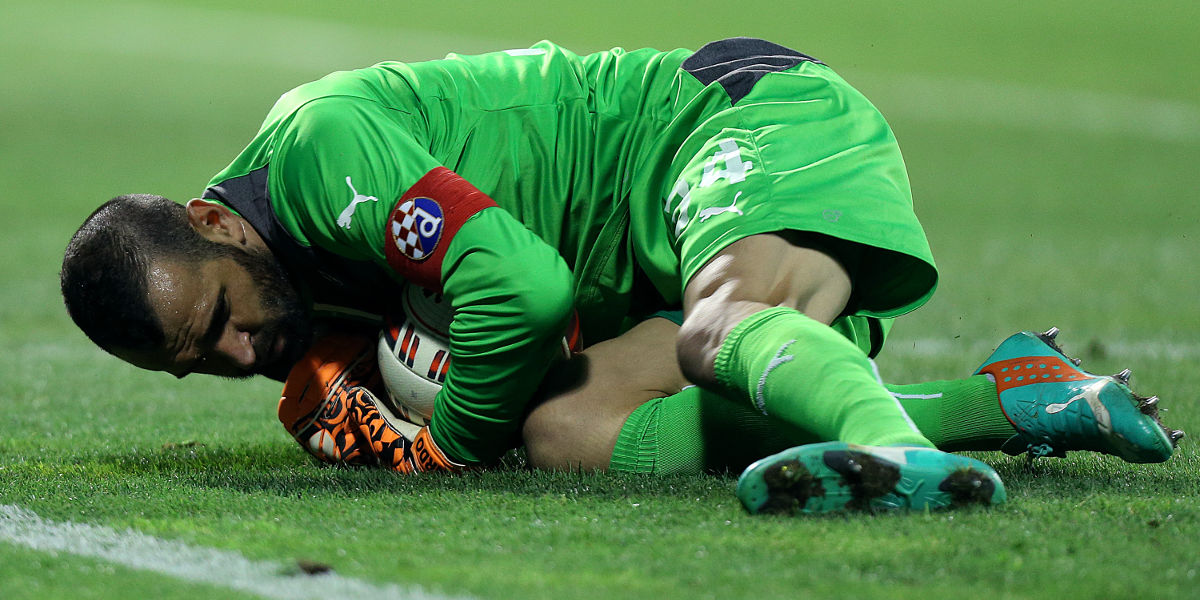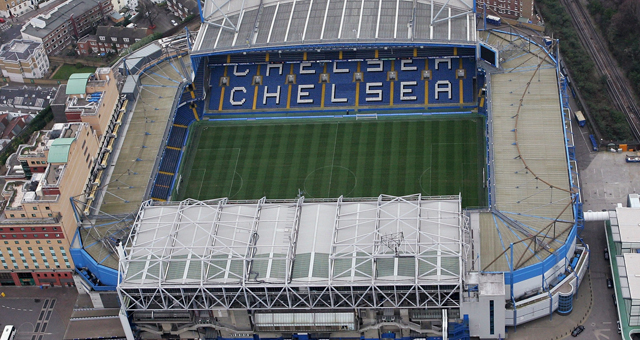Stamford Bridge is as iconic as any stadium can get. Built in 1876, it has been the home of the Blues for as long as the club has been in existence.
Located within the Moore park area of Fulham, the stadium was used by the London Athletic club until 1905, when new owner Gus Mears founded Chelsea football club to occupy the ground. Chelsea has played all their home games at the stadia till date.
Although the stadium’s highest crowd till date is 82,905 was a league match against Arsenal on October 12 1935, structural changes to meet the modern and safety requirements of a stadium in this era, has seen its capacity shrink to 41,000.
The pitch, turnstiles and naming rights of the club are now owned by Chelsea Pitch Owners, an organization set up to prevent the stadium from being purchased by property developers again, after a long legal battle they suffered in other to retrieve it.
In the modern game however, a capacity of just 41,000 is seeing the club lose millions every season in potential revenue and the age of financial fair play has seen to it that clubs seek to gain every financial advantage they can.
An earlier estimate to expand Stamford Bridge was according to a study conducted by the club, a venture that would cost approximately 600 million pounds to bring it up to 60,000 seats.
An additional study to expand only the Matthew Harding stand and East end was estimated at 250 million pounds.
One thing’s for certain and that’s the fact that other clubs have in recent years, built brand new stadiums for less.
Chelsea management sought for an alternative site and publicly bid for the Battersea power station site but were outbid.
Even though expanding the Bridge might prove ridiculously expensive and latest studies conducted showed that payback on the added seats will take up to 25years, Chelsea management may not have a choice as they risk losing the rights to use the name ‘Chelsea’, if they leave the Bridge as they do not exclusively own the rights to use the name.
No matter the expansion plan chosen, the significant problem of egress is an issue, as the stadium is blocked on all sides by residential properties.
There have also been talk of decking over the adjoining railways separately from the expansion plans; all to make match days more enjoyable, as even the current egress options are very congested.
It seems like the club has finally decided that expansion of the Bridge is the way to go and the club is currently looking for a place to play their home matches whilst the stadium is being expanded.
The club explored the possibility of moving to Twickenham, which is a popular Rugby ground.
The move doesn’t seem like it will gain the needed approval and thus the management of the London club are looking to also explore the option of using the famous Wembley.
By all accounts, it seems to be a good idea that one of the top four clubs in football should have a befitting stadium to go with the status. It however seems like expansion for so much money, is the wrong choice.























